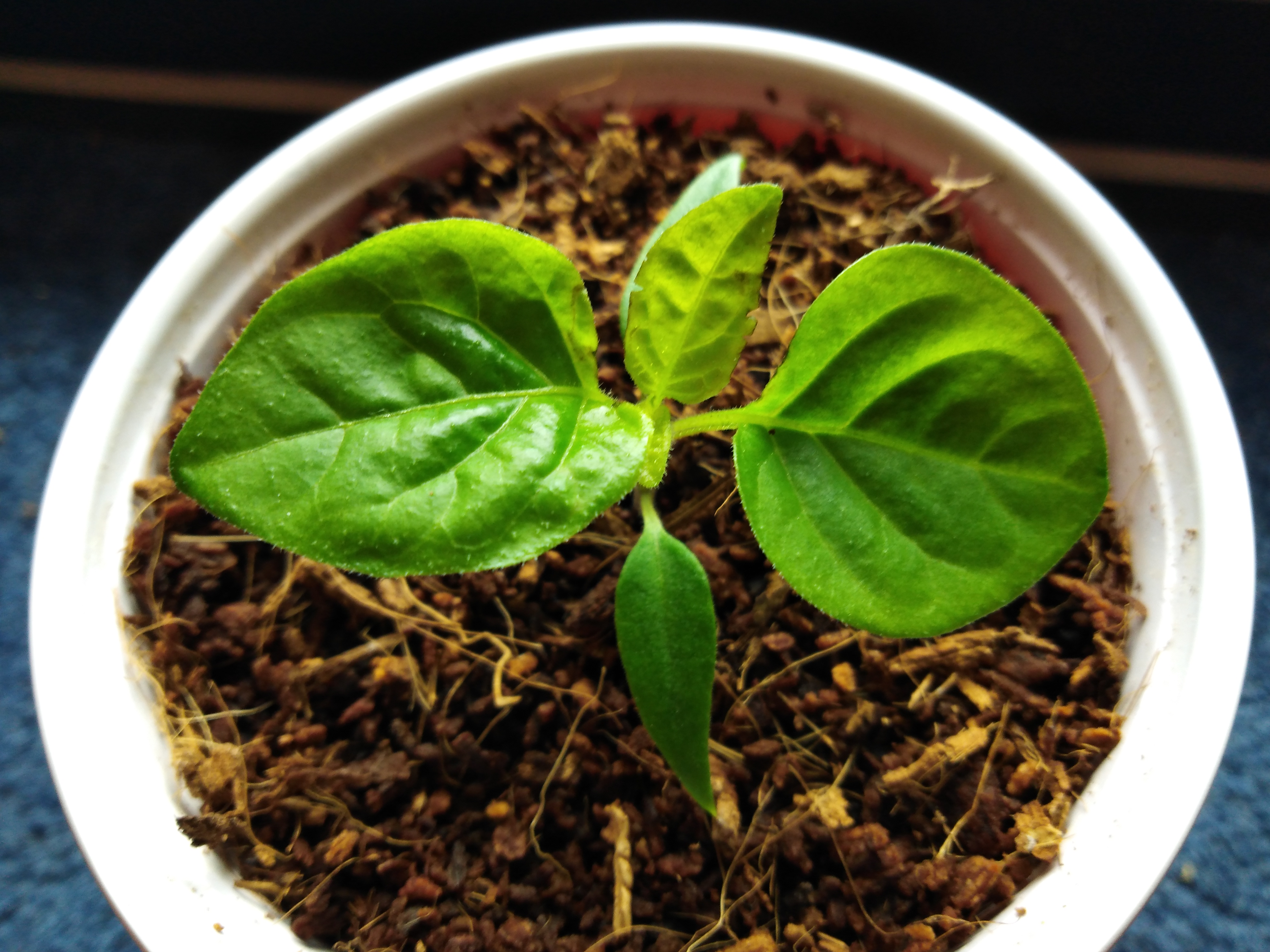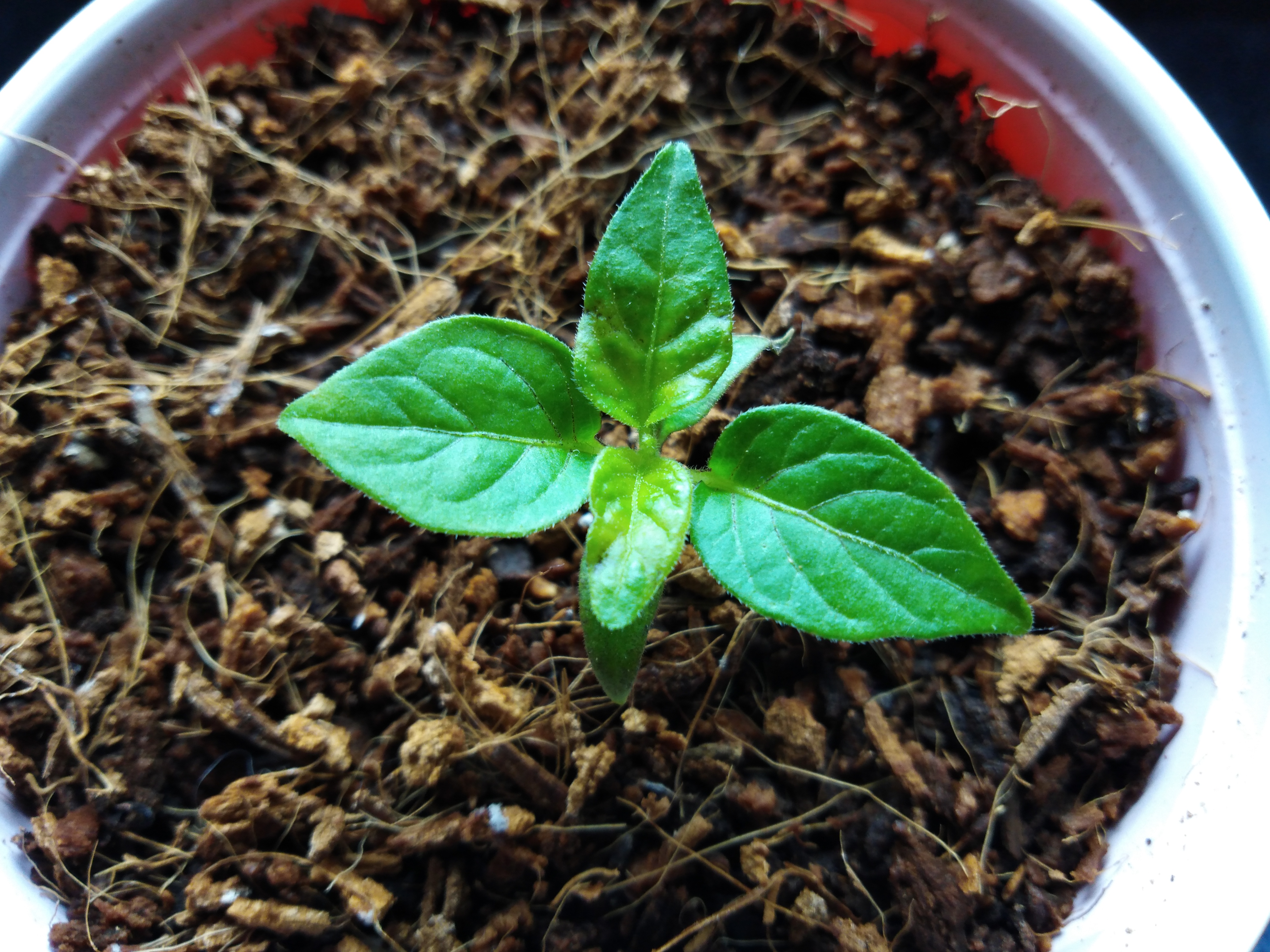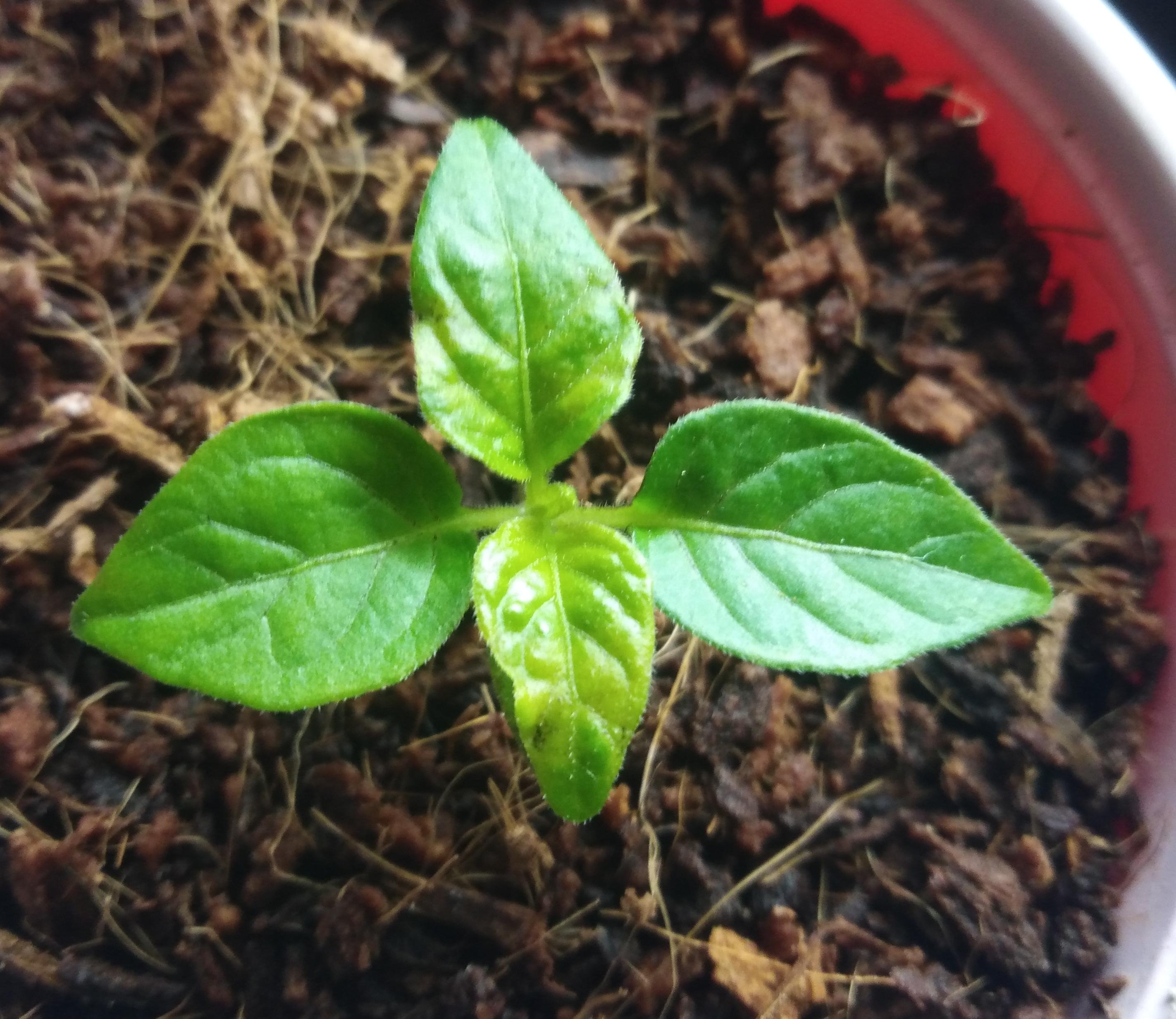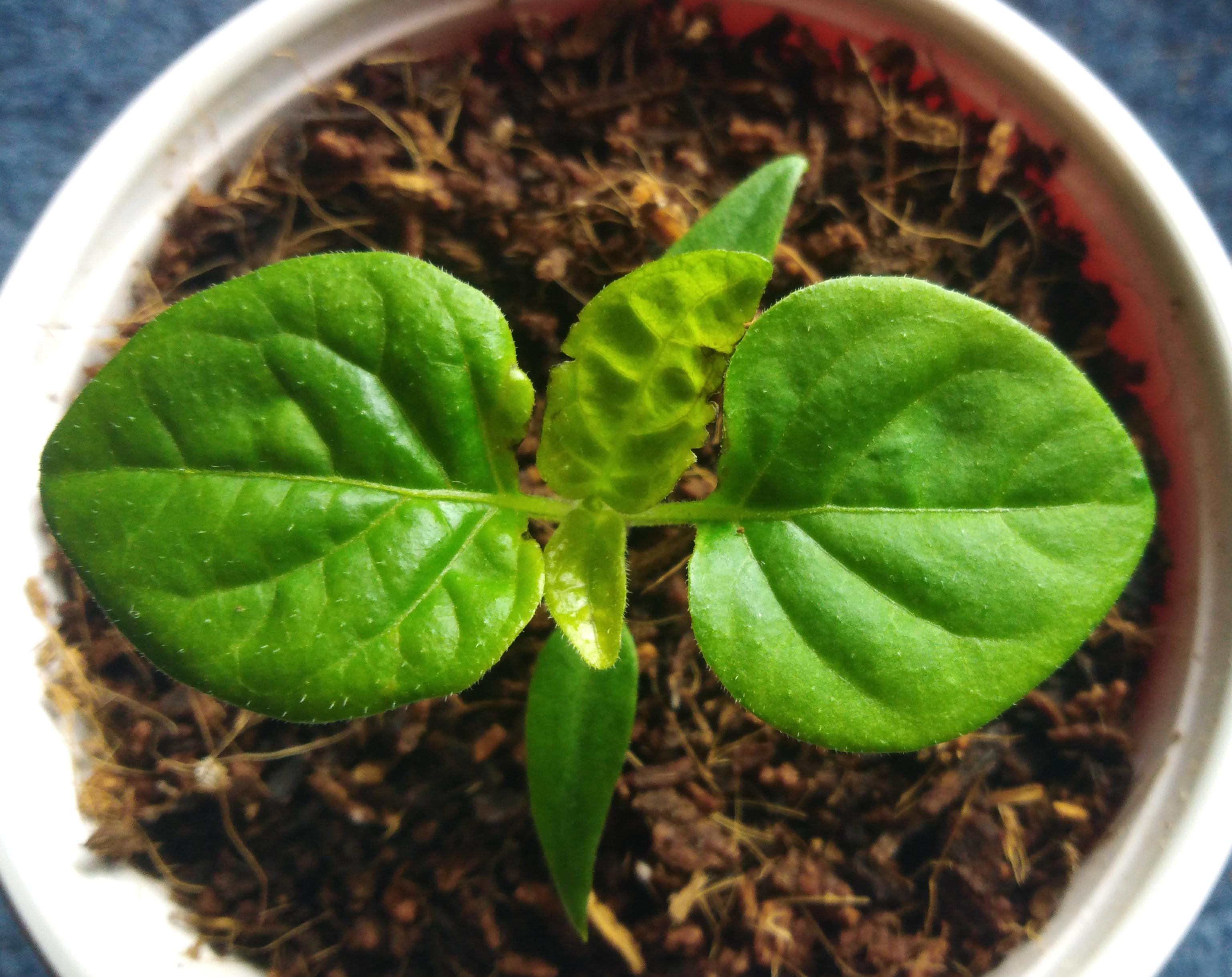Hi there. I'm growing plants under 2 54w t5 lights in coco coir. They're fed every 2 to 3 days when the coco gets dry on top. Today I noticed some black spots/ tears on two plants.
Could this perhaps be bacterial leaf spots? My other smaller plants are fine and there is a similar sized chocolate
Bhutlah doing fine.
My theories are that it could be bacterial leaf spot, the ec could be too high or maybe some water was spilled onto these two plants somehow causing them to burn. They're in a room with no insects and it is not too humid in there. There is a small fan blowing on them constantly.
Does any one have any ideas? I don't want them to die =(
Could this perhaps be bacterial leaf spots? My other smaller plants are fine and there is a similar sized chocolate
Bhutlah doing fine.
My theories are that it could be bacterial leaf spot, the ec could be too high or maybe some water was spilled onto these two plants somehow causing them to burn. They're in a room with no insects and it is not too humid in there. There is a small fan blowing on them constantly.
Does any one have any ideas? I don't want them to die =(






